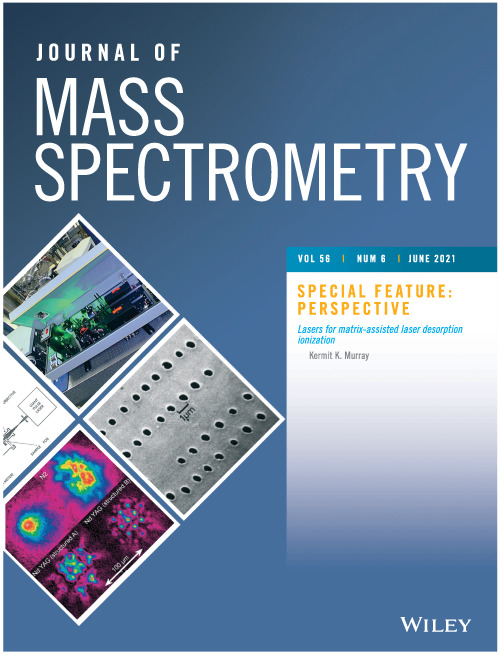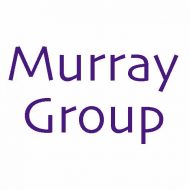K.K. Murray, Lasers for matrix-assisted laser desorption ionization, J. Mass Spectrom., 56 (2021) e4664. https://doi.org/10.1002/jms.4664
Abstract

Matrix-assisted laser desorption ionization (MALDI) was introduced 35 years ago and has advanced from a general method for producing intact ions from large biomolecules to wide use in applications ranging from bacteria identification to tissue imaging. MALDI was enabled by the development of high energy pulsed lasers that create ions from solid samples for analysis by mass spectrometry. The original lasers used for MALDI were ultraviolet fixed-wavelength nitrogen and Nd:YAG lasers, and a number of additional laser sources have been subsequently introduced with wavelengths ranging from the infrared to the ultraviolet and pulse widths from nanosecond to femtosecond. Wavelength tunable sources have been employed both in the IR and UV, and repetition rates have increased from tens of Hz to tens of kHz as MALDI has moved into mass spectrometry imaging. Dual-pulse configurations have been implemented with two lasers directed at the target or with a second laser creating ions in the plume of desorbed material. This review provides a brief history of the use of lasers for ionization in mass spectrometry and describes the various types of lasers and configurations used for MALDI.
